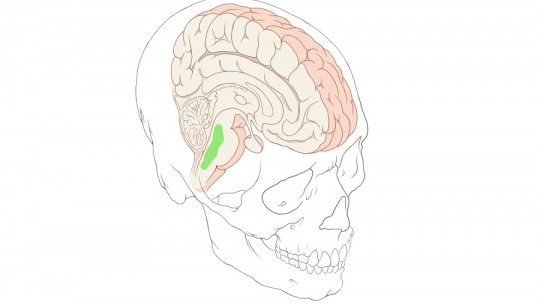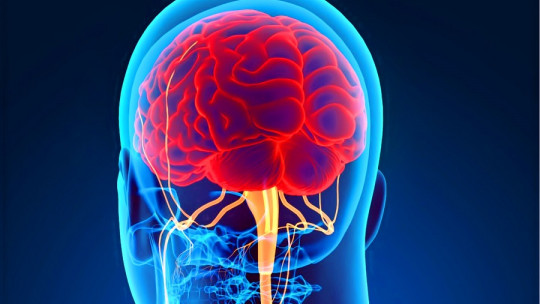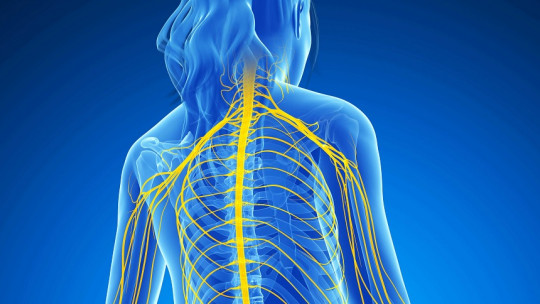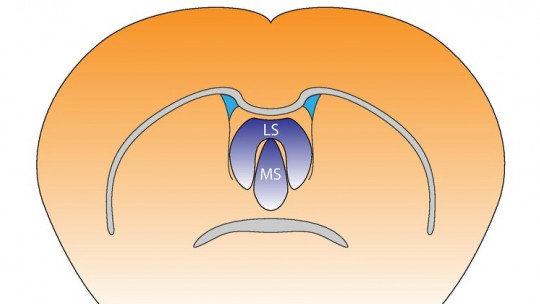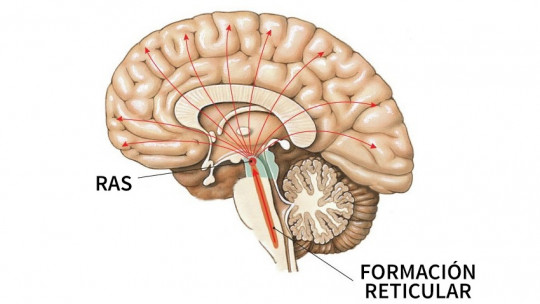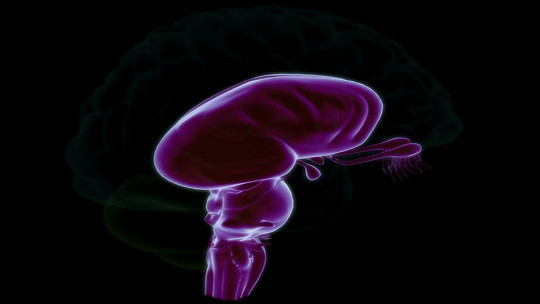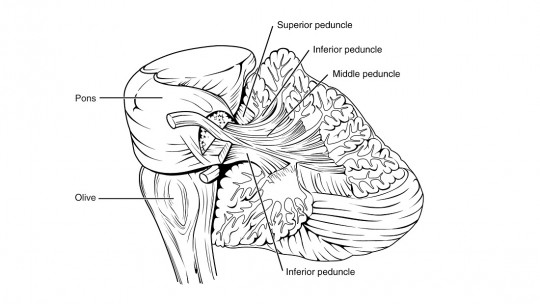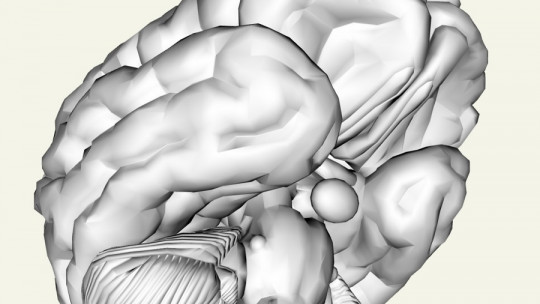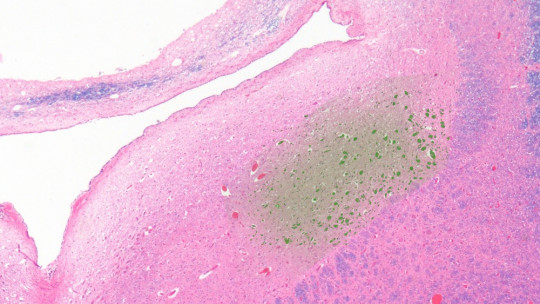
The entire human organism houses within it a whole series of structures and internal nuclei whose functions and tasks imply a level of complexity that still astonishes the medical and scientific community. However, there is one system that stands out among the rest: the central nervous system.
Within this we can find a whole range of structures without which we could not do practically anything, nor respond to external stimuli or interact with the environment. One of these structures is the locus coeruleus a nucleus located in the brain stem and which we will talk about throughout this article.
What is the locus coeruleus?
The locus coeruleus (LC), also known as the locus coeruleus or locus caeruleus, is a nucleus composed mainly of noradrenergic neurons found in the pons of the brain stem. This center is one of the parts belonging to the reticular activation system and its main functions are those related to physiological responses to stress and fear
In fact, the locus coerulus is considered to be one of the parts of the reticular system, which is a network of neurons connected to each other and spread mainly throughout the brain stem and projecting to the cerebral cortex; Its functions have to do with the regulation of levels of consciousness and psychological activation.
Furthermore, the locus coeruleus provides the main source of norepinephrine (or norepinephrine, NE) for the entire brain, brainstem, cerebellum, and spinal cord. Its neuronal activity plays an essential role in the integration of sensory information when regulating activation, attention and certain memory functions.
The connections and corresponding circuits between the locus coeruleus and the neocortex, the diencephalon, the limbic system and the spinal cord highlight their importance within the functioning of the neural axis.
Due to the aging of the person or certain diseases, the locus coeruleus can suffer significant losses in terms of the neuronal population, which contributes to the cognitive deterioration of the person and the appearance of a whole series of neurological disorders
This center of the nervous system was discovered in 1784 by the French doctor and anatomist Félix Vicq-d’Azyr, and some time later the German psychiatrist Christian Reil redefined it in a more concrete and specific way. However, it was not until 1812 when it received the name that remains to this day, which was given to it by brothers Joseph Wenzel and Karl Wenzel.
Anatomy and connections of the LC
The specific location of the locus coeruleus is in the posterior area of the pons of the brain stem, more specifically in the lateral part of the fourth ventricle of the brain. This structure It is made up mainly of medium-sized neurons and is distinguished by housing melanin granules within its neurons, which give it its characteristic blue color.
In an adult human, a healthy locus coeruleus can be made up of between 22,00 and 51,000 pigmented neurons, of which it can vary in size to the point that the largest ones double the volume of the rest.
Regarding the connections of the locus coeruleus, this It has projections to practically any area of the nervous system Among some of these connections, it is worth highlighting the conservative function it performs in the spinal cord, the brain stem, the cerebellum and the hypothalamus, or in the thalamic transmission nuclei, the amygdala, the basal telencephalon and the cortex.
We refer to the locus coeruleus as an innervating nucleus since the norepinephrine that exists there has excitatory effects on most of the brain; mediating arousal and driving brain neurons to be activated by stimuli.
Furthermore, due to its important function as a homeostatic control center in the body, the LC also receives afferent fibers from the hypothalamus Likewise, the cingulate gyrus and amygdala also innervate the locus coeruleus, allowing emotional distress and pain, and stimuli or stressors to trigger noradrenergic responses.
Finally, the cerebellum and afferents from the raphe nuclei also send projections to the locus coeruleus, specifically the nucleus of the raphe pontis and the nucleus of the dorsal raphe.
What functions does this brain region perform?
Due to the increased production of norepinephrine, the main functions of the nucleus coeruleus are those related to the effects that the sympathetic nervous system exerts on stress and fear responses. In addition, recent research also points to the possibility that this center of the brain stem is of vital importance in the correct functioning of waking processes
In the same way, other studies link the locus coeruleus with Post-Traumatic Stress Disorder (PTSD), as well as with the pathophysiology of dementia which are related through the loss of noradrenergic stimulation.
However, due to the large number of projections found in the LC, it has been related to a large number of functions. Among the most important are:
Pathophysiology of this nucleus: associated disorders
Abnormal or pathological functioning of the locus coeruleus has been associated with a large number of mental disorders and alterations such as clinical depression, panic disorder, anxiety and Parkinson’s and Alzheimer’s diseases.
In addition, there are a large number of mental or psychological alterations which appear as a consequence of a series of alterations in norepinephrine modulating neurocircuits Among them we find affect and anxiety disorders, Post-Traumatic Stress Disorder (PTSD) or Attention Deficit Hyperactivity Disorder (ADHD). In all of them, alterations appear in terms of the level of activation of the nervous system (something that is not surprising, taking into account that the locus coerulus is part of the reticular system).
Furthermore, it is speculated that certain medications such as norepinephrine reuptake inhibitors, serotonin-norepinephrine reuptake inhibitors, and norepinephrine-dopamine reuptake inhibitors may be very effective in counteracting the effects of locus coeruleus deregulation.
Finally, one of the most novel and surprising discoveries is the one that suggests a relationship between a dysregulation of the functioning of the locus coeruleus and autism These investigations suggest that the locus coeruleus system and the noradrenergic system are deregulated by an interrelation of environmental, genetic and epigenetic factors. And, in addition, the effects of states of anxiety and stress can also disorganize these systems, especially in the last stages of prenatal development.

